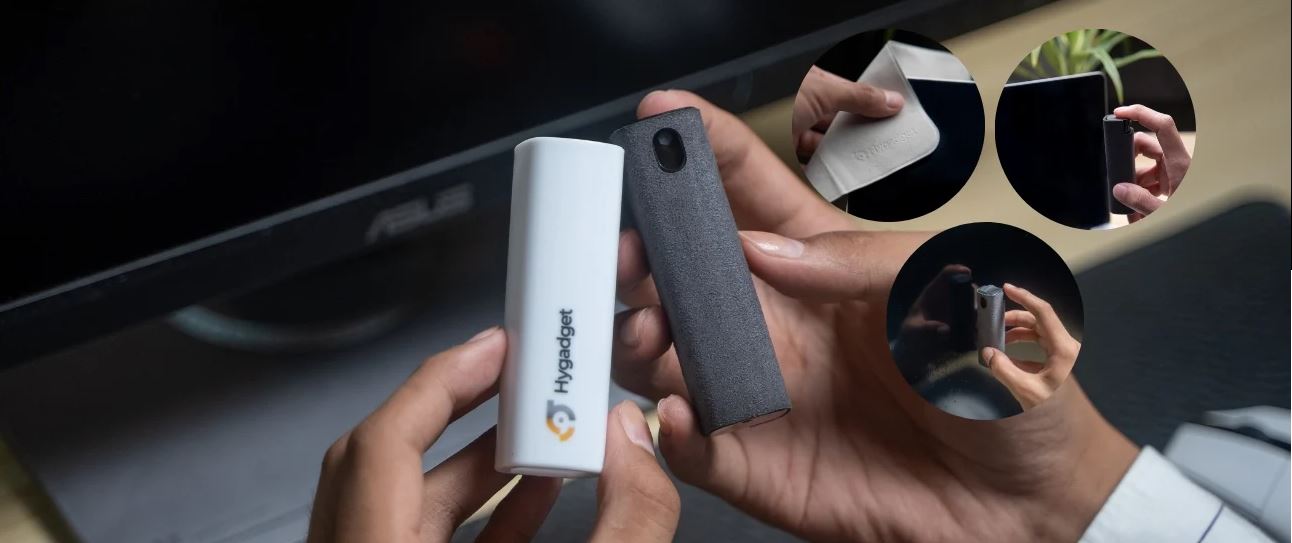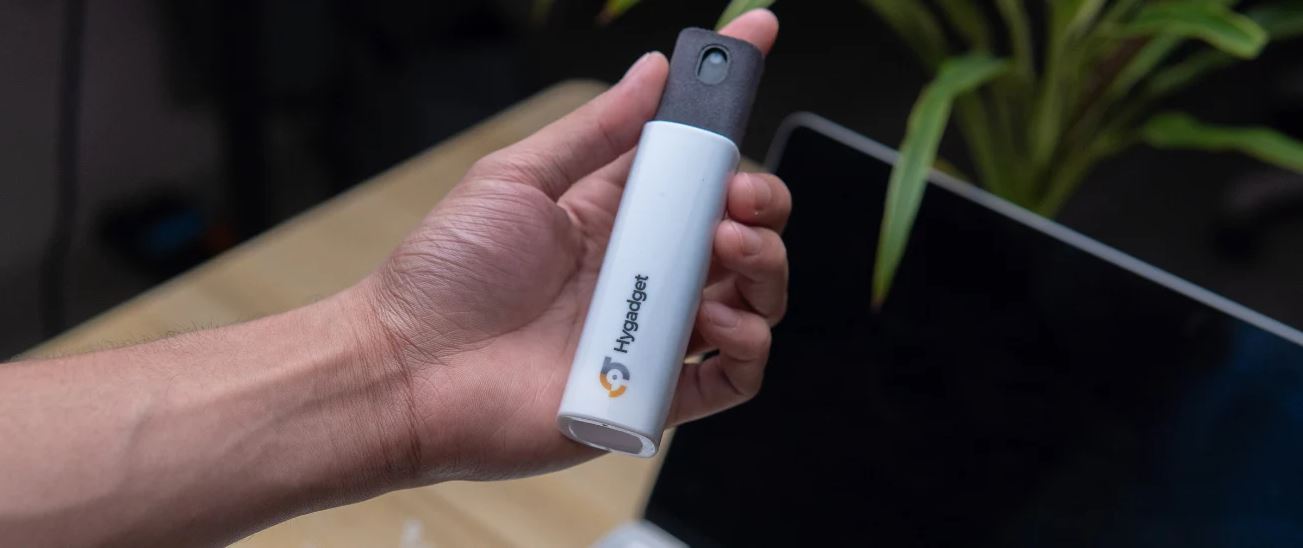In modern times, we’re using technology that features touchscreen such as phones, tablets, and some laptop displays so constant exposure to fingerprints is inevitable. These fingerprints can be a nuisance by obscuring our view and affecting the longevity of the screen itself as well. These streaks, made up of oils, sweat, and other substances from our fingertips can accumulate over time which can potentially reduce the touch screen's clarity, sensitivity, and durability.
Today we’ll discuss how fingerprints in detail affect both the clarity and durability of screens then we’ll dive into the practical tips on how to effectively manage and mitigate their impact.
Understanding Fingerprints

Think you have the world at your fingertips? well, not in this case. Your fingertips have fingerprints which are natural signatures that everyone carries. They have a unique pattern but are similar in composition. While they might imply a sense of control, when it comes to our digital screens, the only thing they’re controlling is how much we strain our eyes when trying to see past the smudges we create on our screens and the potential damage they can have on our devices.
Oil
These fingerprints are primarily made of oils secreted from sebaceous glands. This oily residue leaves marks on surfaces we touch, including display screens. If they are overlooked and not cared for they can accumulate over time and form a layer that not only obscures your vision but also attracts more dust and debris.
The oils in the fingerprints are mainly composed of fatty acids, triglycerides, and squalene. When these substances transfer onto the screen, they leave behind smudges that can scatter light, thereby minimizing the screen’s visibility under various light conditions. Furthermore, the acidic nature of these secretions can potentially degrade the protective coatings on screens. This is bad news because the coatings are made to resist scratches and also reduce glare for our eyes. This degradation can also lead to a decrease in touch sensitivity and increased vulnerability to further damage.
Sweat
Sweat which is produced from your eccrine and apocrine sweat glands is made up of water but also contains lactic acid, urea, mineral electrolytes like sodium and potassium, amino acids, and proteins. These substances, especially the salts, and acids, can play a role in the corrosion of screen coatings and leave residues that can worsen the accumulation of smudges and hinder screen functionality
Impact on Screen Clarity

Here are some points on how fingerprints significantly affect screen clarity:
Impact on Screen Durability

Frequent wiping to remove fingerprints can lead to micro-abrasions, especially if they are cleaned with improper materials. Over time, these small scratches can accumulate and result in permanent marred surface.
As discussed, the chemical composition of fingerprints includes elements that can wear down the screen’s oleophobic coating. This coating is important for reducing smudges and maintaining the screen’s touch responsiveness. Once this coating is eroded, the screen will become more susceptible to further damaging.
Furthermore, a compromised oleophobic coating leads to increased friction and stickiness on the screen’s surface. This not only affects the smooth touch responsiveness of the device but also makes the screen more susceptible to deeper scratches and cracks from everyday use.
Higher susceptibility to physical damage due to the degradation of the screen’s protective coatings can lead to more frequent needs for screen repairs or worse-case replacements, thereby increasing the overall maintenance cost of the device.
Hyscreen Kit For Regular Maintenance








